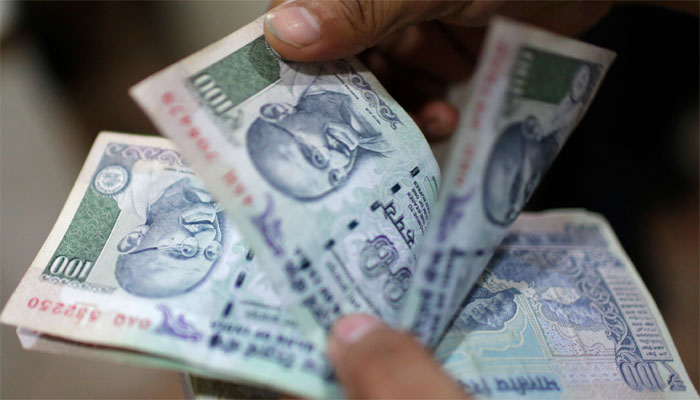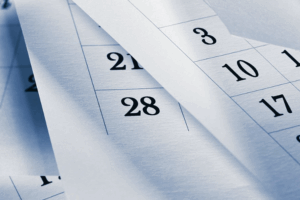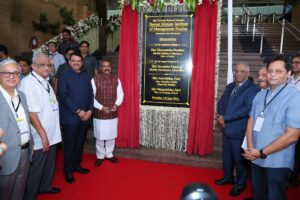
DBS Bank has revised India’s GDP growth for fiscal year 2020 down to 6.8 percent year-on-year (YoY) from 7 percent projected earlier, creating an obstacle for exports amidst challenging trade outlook.
Growth headwinds could swiftly turn attention to the likely policy response. DBS expects the monetary policy to do much of the heavy lifting, given limited fiscal leeway, the bank in its report on the Indian economy on Thursday.
The Reserve Bank of India’s policy stance was changed from neutral to accommodative, opening the door to further easing, wrote Radhika Rao, Economist at DBS Group Research, pointing out the 75 bps repo rate cut so far this year
One must revise down their real GDP forecast for FY20 to 6.8 percent YoY versus 7 percent earlier, the bank added.
A negative output gap would keep demand-side inflationary risks in check, with core inflation catching down with headline consumer price inflation (core at 4.2 percent in May versus 6 percent average in October-December 2018).
DBS also expect inflation to remain sub-target this year (3.8 percent YoY versus 3.4 percent in FY19). In the face of slowing growth and sub-target inflation, the need to depend on a wide real rate buffer has reduced, said Rao.
Global cues has also helped the RBI. The softening of the US yields, a dovish US Fed and cautious European Central Bank (ECB) has yielded some results. There has been increasing pressure on Asian central banks, including India, to venture into easing, believes the DBS Economist.
Oil prices have moderated from recent highs. Notably, the current bout of softening global yields is different from the last in 2012-2013, with depends on how India is placed.
Previously, the rupee was under turmoil, and inflation was in double-digits, making it a challenge for the central bank to loosen policy levers, Rao pointed out.
But this time, the rupee is only marginally weaker on the year, while inflation is well below target. With this mix, one can factor in another 50bp worth cut in FY20, with the Repo rate to plateau at 5.25 percent, said Rao.



